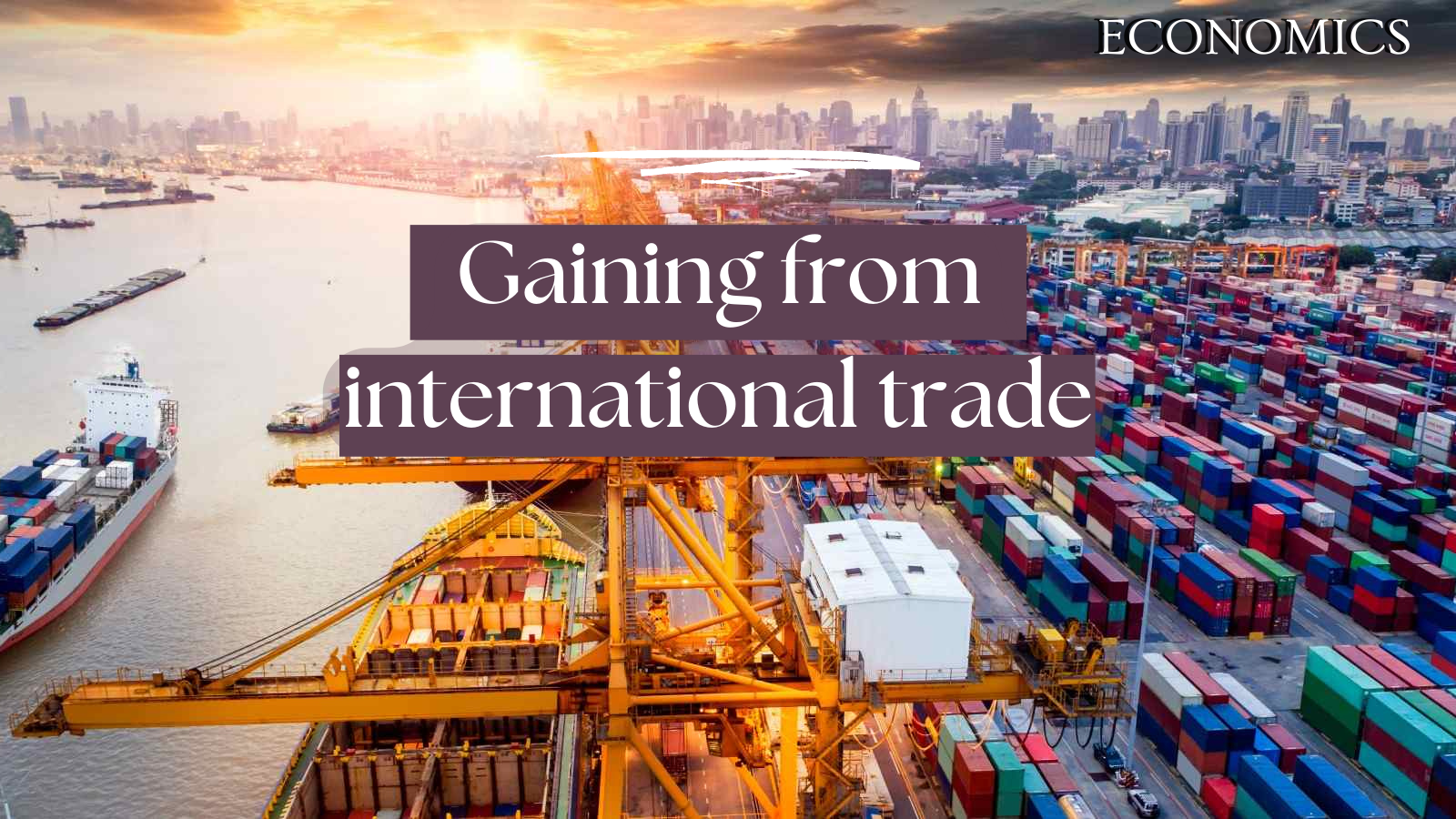Gaining from international trade
International trade refers to the exchange of goods and services between countries. It allows countries to access goods and resources that they may not have domestically, and to sell goods and resources that they do have in abundance. By specializing in the production of certain goods and services, countries can gain from trade by being able to produce them at a lower cost than other countries. Additionally, international trade can lead to increased economic growth and development, as well as improved living standards for the citizens of the countries involved.



